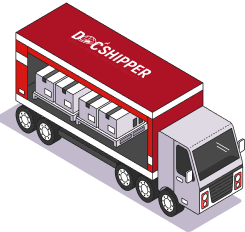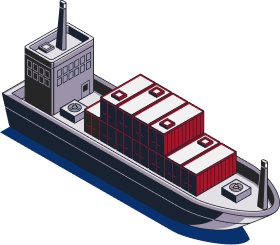The Door-to-Door Solution
From the U.K.
This is the service for those who want everything handled with no stress and no need to juggle multiple providers. From pickup at origin to delivery at your door, DocShipper U.K. manages the entire logistics chain for you.
- One Quote
- One Point of Contact
- One Stress-Free Process
An All-in-One Service, Designed for You
Moving goods across borders can feel overwhelming, especially with post-Brexit rules and complex customs requirements. DocShipper U.K. makes it simple. With our door-to-door service, every stage of your shipment is coordinated under one roof, from supplier pickup to customs clearance to final delivery.
Whether your cargo moves by sea freight, air freight, road transport across Europe, or even by rail freight between China and the U.K., the process is seamless, transparent, and stress-free. You have one dedicated contact and full visibility from start to finish.
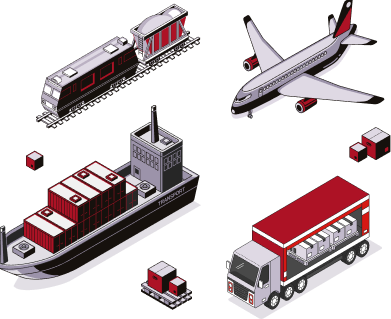
Multimodal Transport
We design transport plans that combine ocean, air, road, and rail freight to balance cost and speed according to your needs. By integrating different modes into one solution, we make sure your cargo moves efficiently and without interruption.

Customs Clearance
Customs procedures can be one of the biggest obstacles in international trade. Our experts handle all export declarations with HMRC as well as import clearance at destination. Duties, VAT, and compliance paperwork are managed directly, guaranteeing smooth clearing.

Last-Mile Delivery
From ports such as Felixstowe, Southampton, and Dover, or airports like Heathrow, Gatwick, and Manchester, your cargo is transferred directly to its final destination. Whether that is a warehouse, an office, or a private residence, we ensure safe and timely delivery.

With or Without DocShipper?
This is what sets us apart. Our clients keep coming back because we take care of every detail, from start to finish.
No stress, no confusion - just a seamless supply chain solutions.

The All-in-One Logistics Solution You Were Looking For
Rely on a U.K. partner with global reach and thousands of shipments successfully delivered every year.


The Steps of your Door-to-Door Shipment from the UK
Every project is unique, but here are the main stages of our door-to-door service, ensuring complete oversight and smooth execution:
We collect goods directly from your supplier’s factory or warehouse, whether in the U.K. or abroad. When working with multiple suppliers, we consolidate shipments into one streamlined load.
Your cargo is transferred to the nearest terminal, seaport, airport, or inland hub, where packaging, labelling, and other preparations are managed.
Our team files all required documentation with HMRC, including packing lists, invoices, and certificates of origin, to make sure your shipment leaves without delay.
Your goods are shipped with the most suitable carrier. Throughout the journey, we provide real-time tracking so you always know where your cargo is.
We handle import declarations, duties, and compliance checks at arrival, ensuring your goods enter the local market smoothly.
Once cleared, your cargo is processed at the destination port or airport and prepared for onward delivery.
We arrange delivery directly to your chosen address, warehouse, client, retail outlet, or home. When needed, we coordinate special handling or scheduled delivery windows.

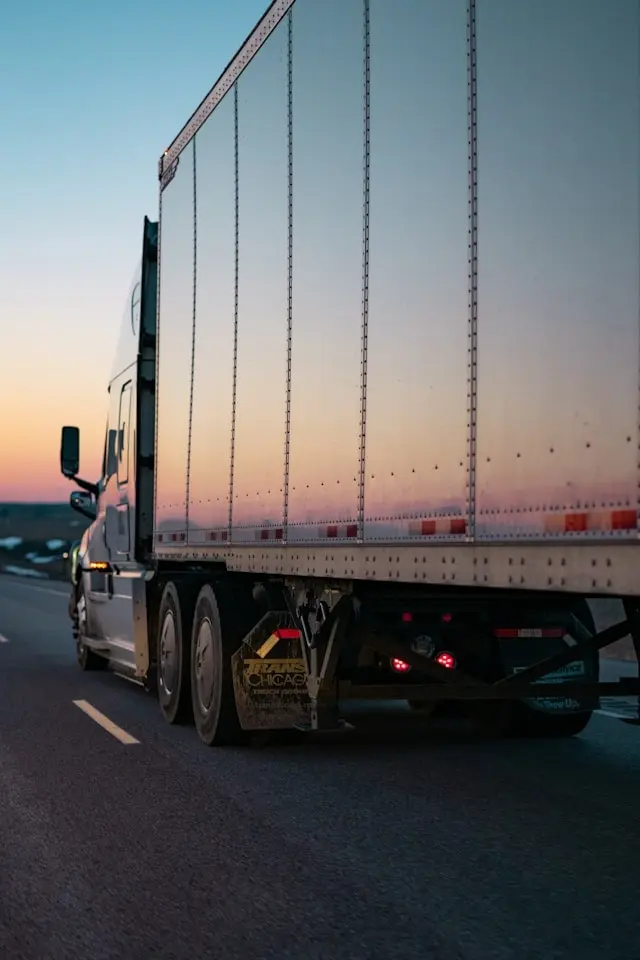
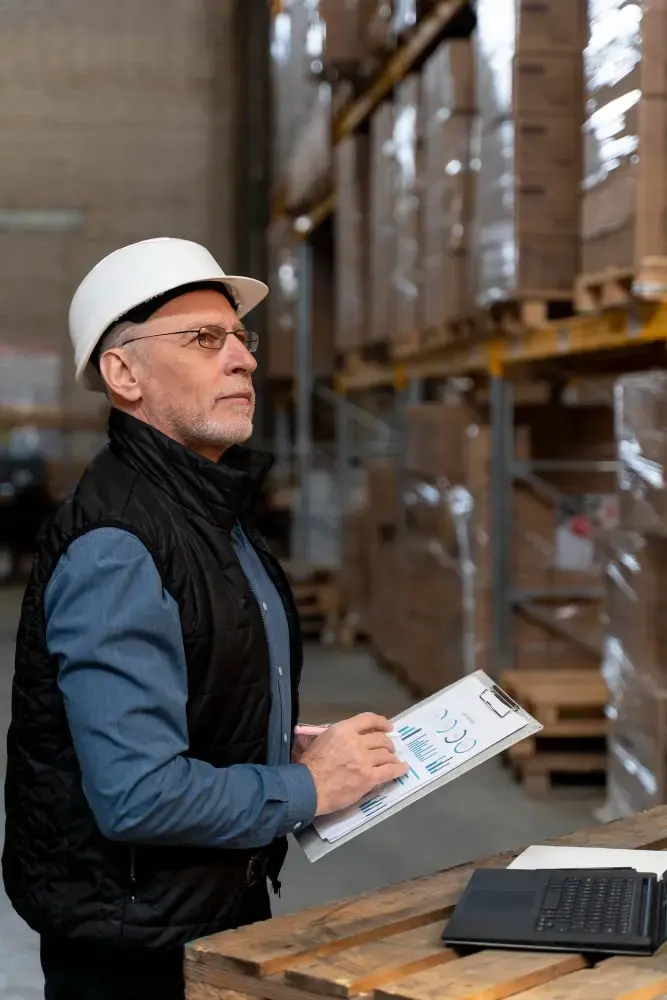
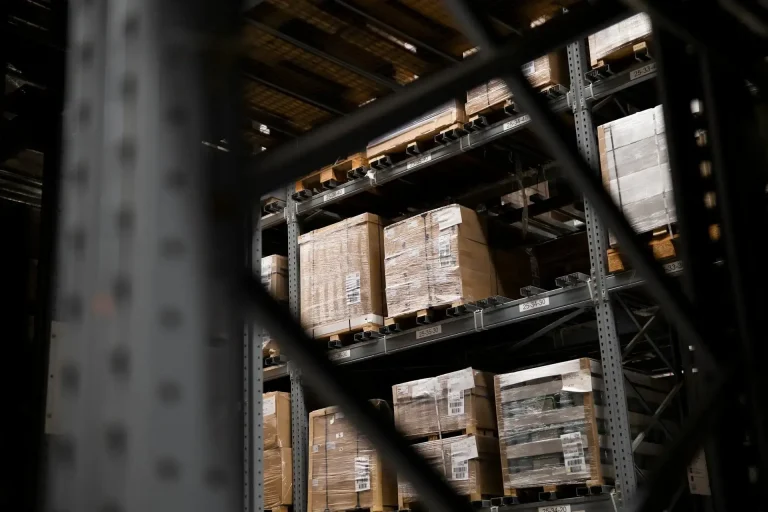
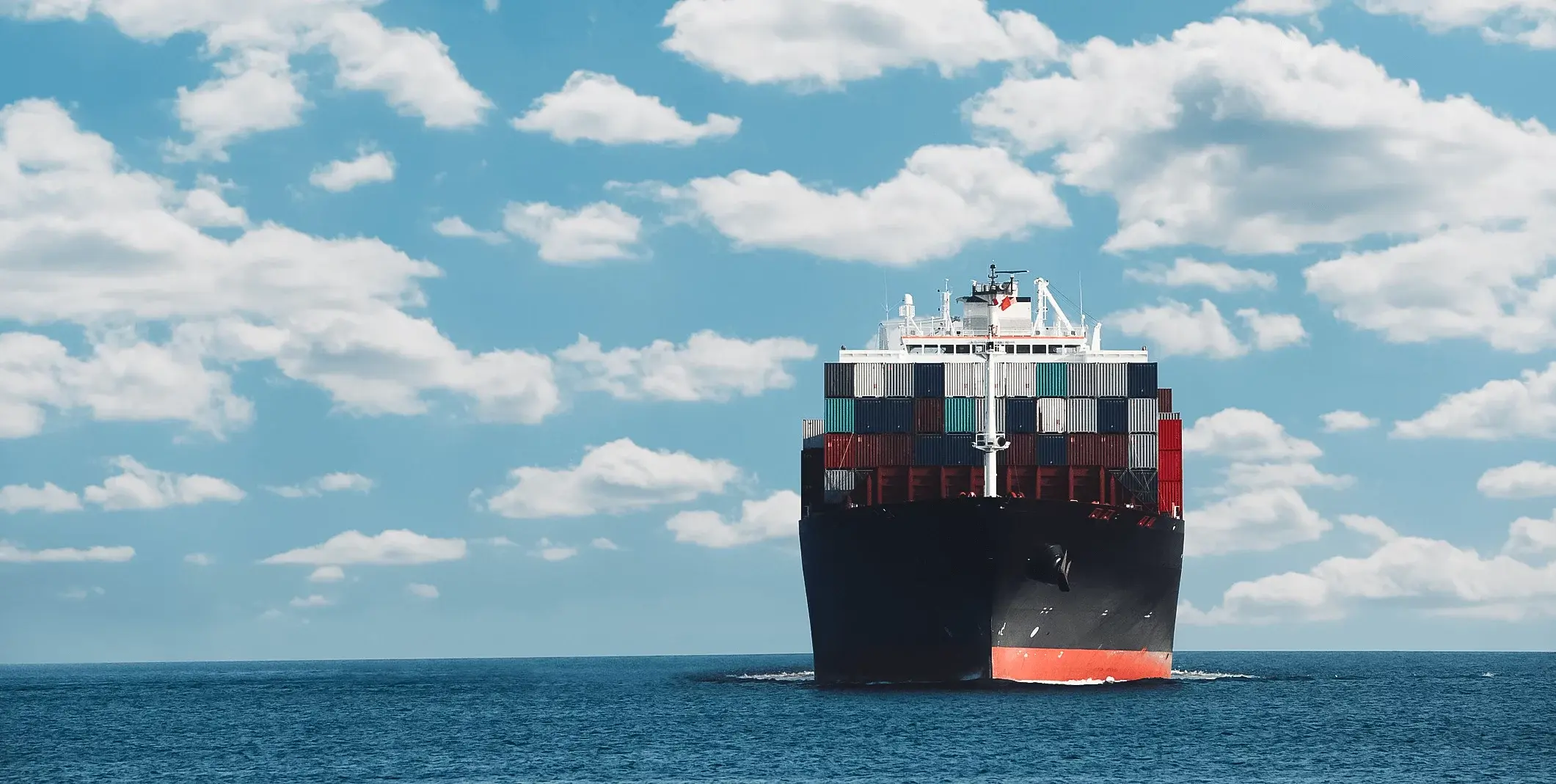
Our Achievements
6100 +
Clients9200 +
Operations230 +
K CBM Chartered4.8 +
ReviewsWhy Door-to-Door Is Our Most Popular Service
Complete Logistics Management
We manage the entire chain, pickup, customs, international transport, and final delivery, removing the burden of coordinating multiple providers.
A Single Dedicated Point of Contact
Instead of chasing different carriers and agents, you work with a single consultant who supervises your shipment from start to finish.
Cost Optimization for Better Margins
By consolidating loads, negotiating with carriers, and applying efficient customs strategies, we lower unnecessary costs and protect your margins.
24/7 Support
Our U.K. and international teams are available at all times to track shipments, answer questions, and resolve urgent issues.
Clients Testimonials
We can't make this up - See why businesses worldwide trust us with their shipments every day.
I contacted DocShipper to organize the import of board games from Asia to Switzerland. Despite my lack of experience in the field and the modest size of my request, my dealings with the staff were always professional and efficient. I received sound advice and the staff always took the time to answer my questions. I look forward to working with DocShipper for the import of my goods and highly recommend their services.
Mavrik Grangier
December 10, 2024My name is Ad Van Den Bosh. I am a Dutch business man cross-trading in the Far East. I reached Robert Houwayek (DocShipper's representative) to clear a 40HC of greenhouse equipment from Qingdao, and deliver it to Lan Krabue in no time. He suggested that I request a Form E, which I did from the supplier, and was able to enjoy a preferential tariff treatment. DocShipper, a way to help you save both time and money!!
Ad van den Bosch
March 5, 2024I recently used Docshipper to ship my appliances from Germany to Thailand, and I'm thrilled with the service I received! [...]The team was professional, responsive, and kept me informed every step of the way. The packaging and handling of my appliances were top-notch, and they arrived in perfect condition. I was impressed with the attention to detail and care taken to ensure a safe and successful transport. I really recommend Docshipper for it.
Chemmie Chatuphorn
November 28, 2024In the event of goods being stuck at customs, Robert [...] is a customs broker you should arguably consider to release your cargo. Once I knew that my scale modeling tools coming from Spain are being withheld at Suvarnabhumi Airport, I resorted to him to release it and handle the last mile delivery. All what he asked me is to send 2 emails to be able to do it! [...] Well guess what, within 48 hours, it was done! I got my parcel at my place in Phuket.
Chan chan
Mar 5, 2024A vice president caught up in the thick of thin things, an EXW shipment of plumbing supplies for irrigation from Eureka California to Costa Rica is definitely not what I’d like to have on my agenda. Robert’s hang-in-there posture toward any arising challenges in shipping. [...] skillfully handled all US export formalities incl. SED/AES filing, not to mention the sea freight from Oakland POL. Everything ended up working out like a charm!
Dave Sheppard
July 10, 2024I feel they covered everything. DocShipper shipped a 20- ft Milvan overseas to Laem Chabang for a customer. The team was responsible for shipping the shipping to another country. Having very little knowledge in this area, I didn't know how to organise myself . One week after my arrival on the Asian continent. Marc O. Was available at all times and nearly instant feedback. Made a stressful event much easier and he definitely knows his job.
Anonymous, Indiana
Aug 9, 2023FAQ – Door-to-Door Shipping from the U.K.
Ask Questions.
Get clear answer.
Not sure if it’s the right solution or have doubts in mind? No problem—just ask us. We’ll guide you honestly, no commitment required.


